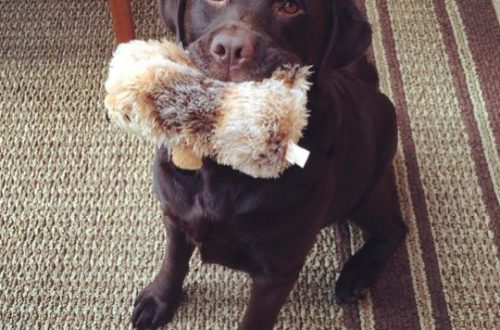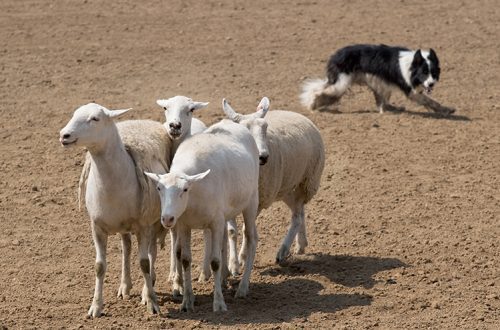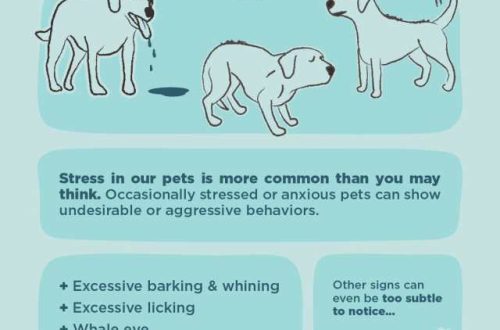
History of service dog breeding
And people tried to improve the qualities of dogs they needed, selecting the most enduring and strong if it was necessary to transport goods, and the most ferocious if it was necessary to grow a “fighting machine”. Back in Roman times, dogs were used in warfare, helping their owners fight. In the Middle Ages, dogs were also used in attacking enemies and for protection.
Russian empire
At all times highly valued and capable of finding criminals on the trail. The search dog was massively used in the Russian Empire in the 1908th century. Such dogs guarded the state borders, participated in the detention of violators. The search service of dogs in our country appeared at the beginning of the XNUMXth century. The creation of the domestic “Society for the Encouragement and Use of Dogs in the Police and Guard Service” in XNUMX can be considered the beginning of service dog breeding. The organization included several hundred Russians, including policemen.
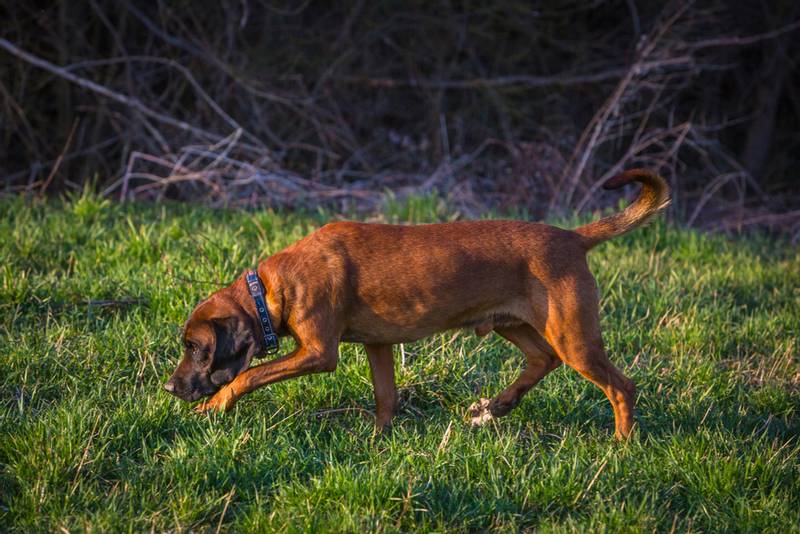
Previously, dogs were practically not used in our army. But at this time, the Red Cross gave the imperial army a puppy . Before the war, they created a kennel, where they began to train dogs for “signalmen”, where the Airedale Terriers became famous. However, it was for military operations that dogs were still almost never used. But the enemy’s successful experience made adjustments, and dogs began to be trained for sentry and sanitary affairs, in addition to “signalmen”.
the USSR
Service dog breeding was practically destroyed due to the civil war. In the USSR, it had to be literally revived from scratch, and the main emphasis was on guards, shepherds and mounts, and work was carried out on domestic livestock. New breeds of dogs were also created.
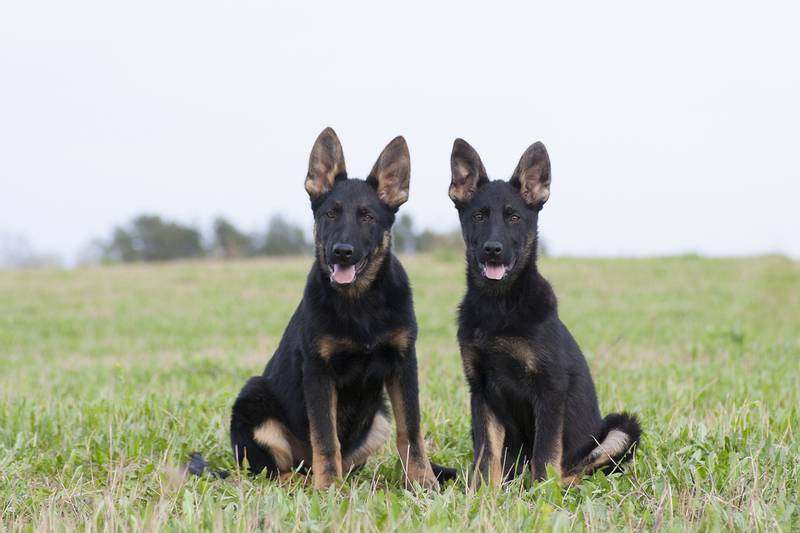
In the 20s, on the basis of the Cheka-OGPU, instructor courses for service dogs at the border were centrally created, then the Central Training and Experimental Kennel of the School of Military and Sports Dogs – the famous “Red Star”. This kennel had a huge impact on the development of Soviet dog breeding. It was there that dogs were taken out and trained, which fought on the fronts of World War II along with soldiers, rescued the wounded, and found land mines. It was the graduates of this nursery who saved hundreds of human lives, most often at the expense of their own. In the 30s, a school for officers of service dog breeding and a nursery for the OGPU troops were created.
Service dog breeding in the USSR was supervised by the military, and the animals were actively used . Dogs were trained as “signalmen”, they were looking for land mines and mines, helped the orderlies.
Russian Federation
Now cynologists from are used in the UGRO, in the fight against the distribution of prohibited substances, in the teaching staff and the forensic service, as well as in the army.
In most regions of the Russian Federation, on the basis of the Ministry of Internal Affairs, there are special service dog breeding centers where dog handlers are trained, dogs are bred and trained. Without four-legged assistants today it is absolutely impossible to imagine the protection of the border and the passage of customs control.
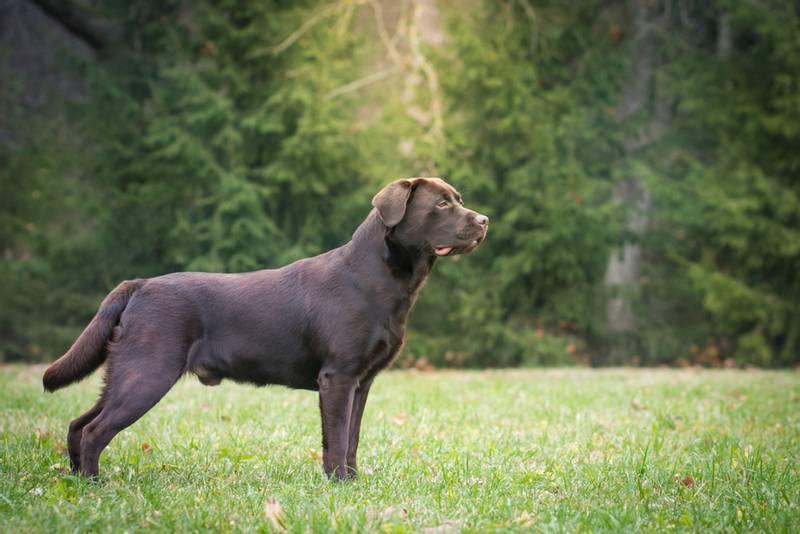
Dogs help shepherds manage herds both on the plains and high in the mountains, and in the Far North they are sometimes the only means of transportation, despite all the achievements of civilization.
They work as guide dogs for the blind, and also participate in the rehabilitation of children and adults as canine therapists.



